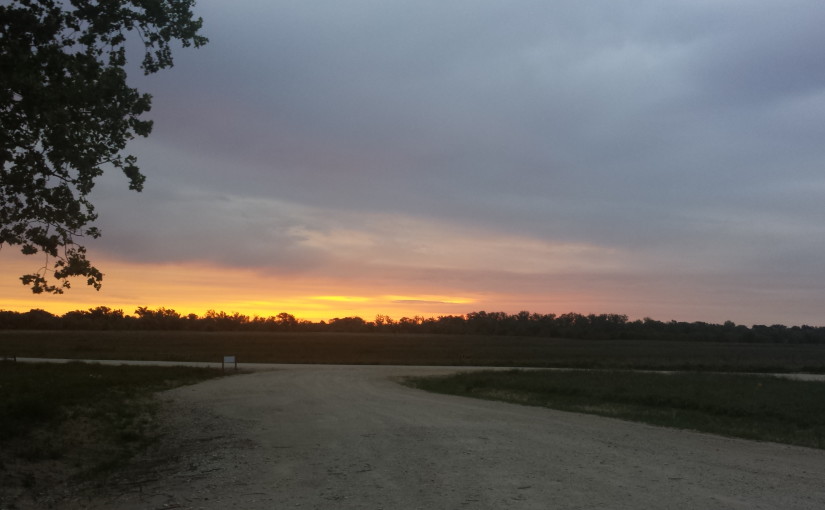-
Attwater Prairie Chicken National Wildlife Refuge

The sun is rising over the Katy prairie, and a slightly chilly breeze greets the couple of dozen nature enthusiasts huddled in a group at the front of the parking lot for the visitor’s center. The group is waiting for vans to come pick them up, vans that are driven by wildlife biologists who know where…
-
January: Winter Snippets
Well, winter is slowly heading into spring, and it feels like we haven’t done much of anything around here. No camping weekends, no fun little trips, playing it close to home for the most part, and my itch to get out there and see the world is still needing to be scratched. However, looking at…
-
Kleb Woods
A generation or so ago, mothers were recommended to stay in for a “period of confinement” after their babies were born. Well, I don’t deal well with captivity. My forays into the world were initially limited to the immediate neighborhood, then surrounding neighborhoods, but by four weeks into this “period of confinement”, I was ready…
-
Baytown Nature Center
This past Saturday, we drove an hour or so southeast to visit the Baytown Nature Center. Our geocaching friends were having a brief flash mob down there, hosted by “Baytown Bert”, and we were curious about the two hour wilderness survival course hosted by the park (free with the $3 entry fee) afterwards. Despite the unpredictable nature…